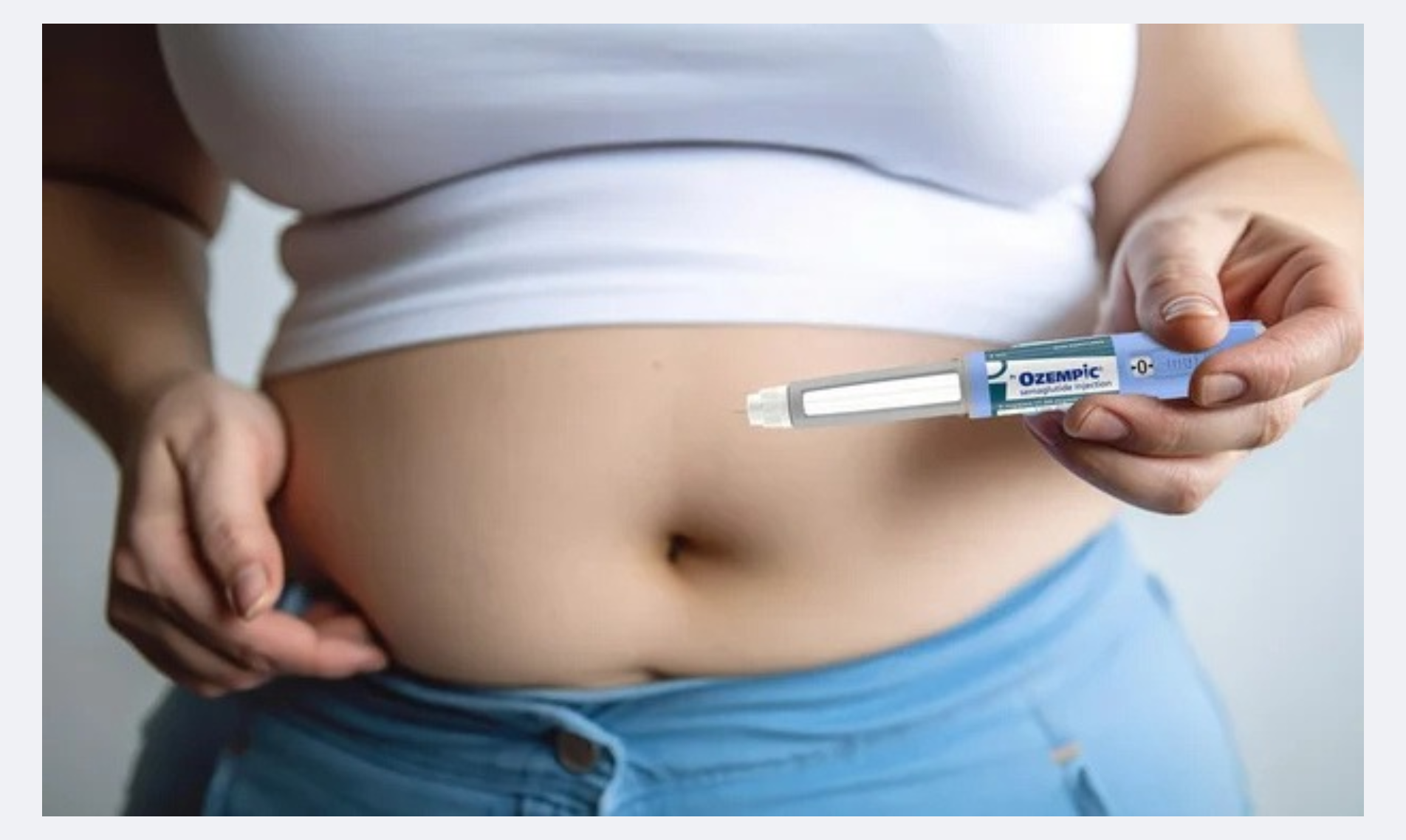If you’ve had your gallbladder removed, you may be curious about how medications like Mounjaro (tirzepatide), a dual GLP-1 and GIP receptor agonist, might affect you. Mounjaro has been making waves as an effective treatment for type 2 diabetes and a promising option for weight loss. However, for those without a gallbladder, it’s important to understand how the medication interacts with your altered digestive system and what risks or adjustments might be necessary.
Here’s everything you need to know about taking Mounjaro after gallbladder removal.
Understanding Gallbladder Removal and Its Impact
The gallbladder stores bile, a digestive fluid that helps break down fats. After gallbladder removal (cholecystectomy), bile flows directly from the liver into the small intestine. This continuous bile flow can lead to digestive changes, such as:
- Diarrhea
- Bloating
- Fat malabsorption
For many, these symptoms are manageable with dietary adjustments, but medications like Mounjaro, which influence the gastrointestinal (GI) system, may amplify these effects.
Is It Safe to Take Mounjaro Without a Gallbladder?
Yes, Mounjaro is generally safe to take if you’ve had your gallbladder removed. However, there are a few considerations to keep in mind:
- Gastrointestinal Side Effects
Mounjaro is known to cause GI-related side effects, including nausea, diarrhea, vomiting, and abdominal discomfort. If your digestive system is already sensitive due to the absence of a gallbladder, you may experience these symptoms more intensely. - Risk of Pancreatitis
Both gallbladder removal and Mounjaro use carry a small risk of pancreatitis. Be vigilant about symptoms like severe abdominal pain, especially if it radiates to your back, as this could indicate inflammation of the pancreas. - Weight Loss and Bile Flow
Mounjaro works by slowing gastric emptying and reducing appetite. While effective for weight loss, these mechanisms may interact with the altered bile flow caused by gallbladder removal, potentially leading to digestive discomfort or nutrient malabsorption.
Tips for Managing Side Effects
To minimize side effects and ensure a smooth experience while taking Mounjaro without a gallbladder, consider the following:
- Follow a Low-Fat Diet
Avoid fatty and greasy foods, which can be harder to digest without a gallbladder. Instead, focus on lean proteins, whole grains, fruits, and vegetables. - Start with a Low Dose
Begin with the lowest possible dose of Mounjaro and increase gradually under your doctor’s supervision to help your body adjust. - Eat Smaller, More Frequent Meals
Large meals can overwhelm your digestive system. Smaller portions can make digestion easier and reduce nausea or bloating. - Stay Hydrated
Drinking plenty of water can help manage GI symptoms like diarrhea and support overall digestion. - Monitor Your Symptoms
Keep track of any side effects and report them to your healthcare provider promptly, especially if they persist or worsen.
When to Call Your Doctor
It’s crucial to consult your doctor before starting Mounjaro, particularly if you’ve had your gallbladder removed. Contact your healthcare provider immediately if you experience:
- Severe abdominal pain, especially if it radiates to your back.
- Persistent nausea or vomiting.
- Symptoms of pancreatitis, such as intense upper abdominal pain.
- Unexplained weight loss beyond what is expected with Mounjaro.
Your doctor may recommend additional tests or adjustments to ensure Mounjaro is safe and effective for you.
Final Thoughts
Mounjaro can be an effective tool for managing type 2 diabetes and supporting weight loss, even for individuals without a gallbladder. While the medication is generally safe, it’s important to be aware of potential side effects and take steps to minimize digestive discomfort.
By following a gallbladder-friendly diet, starting with a low dose, and monitoring your symptoms, you can make Mounjaro work for your unique situation. Always work closely with your healthcare provider to ensure the best possible outcomes.
FAQs
1. Can Mounjaro cause digestive issues without a gallbladder?
Yes, gastrointestinal side effects like nausea and diarrhea may be more noticeable in individuals without a gallbladder.
2. Should I avoid certain foods while taking Mounjaro?
Yes, it’s best to avoid high-fat and greasy foods, as these can be harder to digest without a gallbladder.
3. Can I take Mounjaro if I’ve had pancreatitis in the past?
You should consult your doctor before taking Mounjaro, as it may not be recommended if you have a history of pancreatitis.
4. How soon will I see results with Mounjaro?
Results vary, but many users report noticeable weight loss within the first few weeks of starting Mounjaro.

